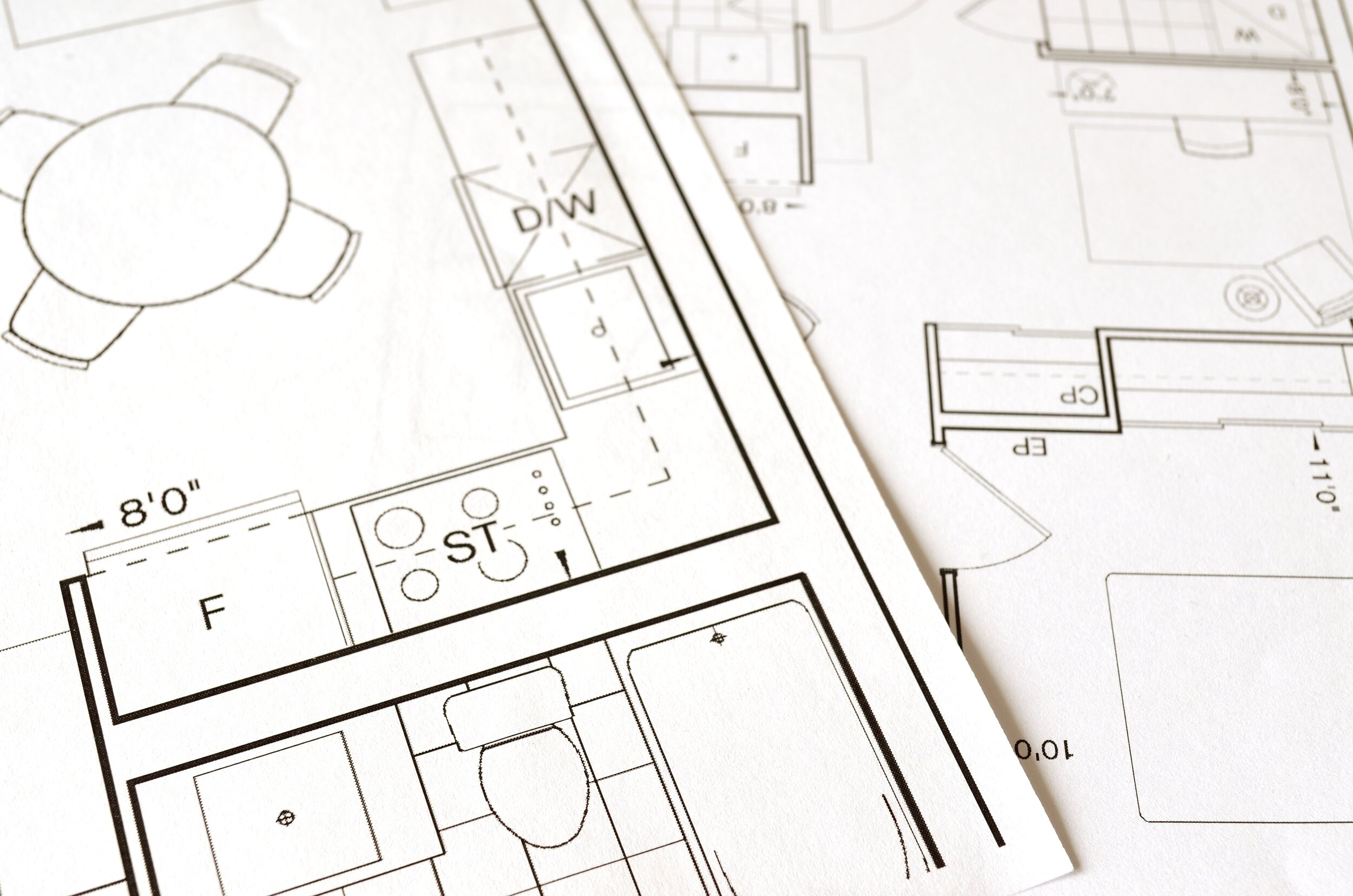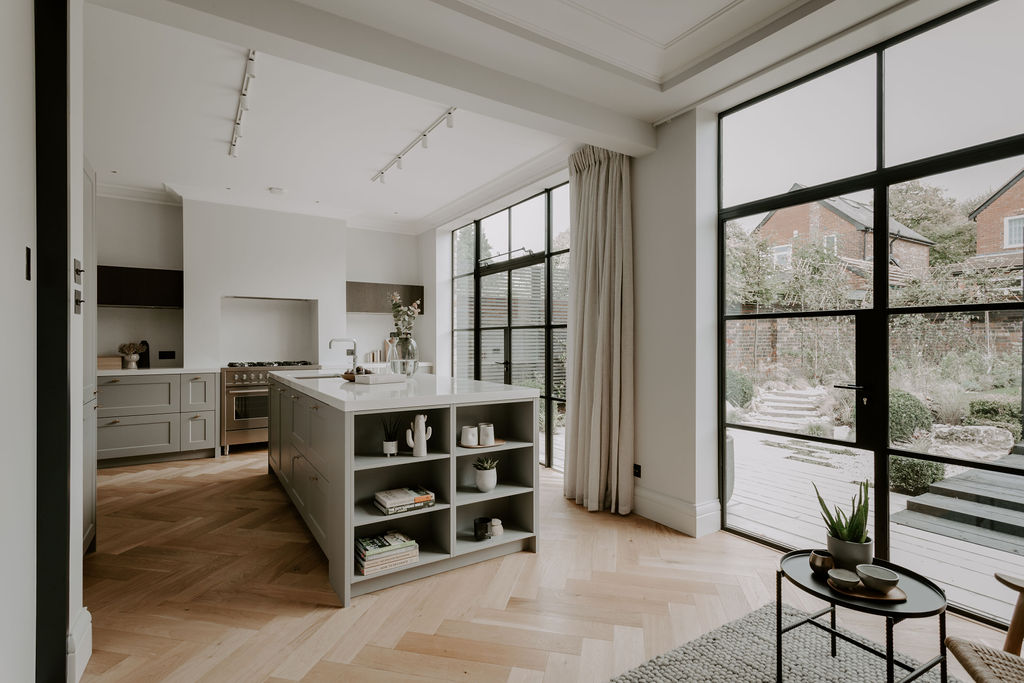Stylish Rustic Home Design for Rural Retreats
Stylish Rustic Home Design for Rural Retreats
Blog Article
The Art of Equilibrium: Just How Interior Design and Home Architect Collaborate for Stunning Results
In the world of home layout, striking a balance between appearances and performance is no tiny feat. This fragile balance is accomplished via the unified cooperation between interior designers and engineers, each bringing their distinct knowledge to the table. Remain with us as we check out the ins and outs of this joint process and its transformative impact on home style.
Recognizing the Core Differences Between Interior Decoration and Home Style
While both Interior Design and home design play necessary duties in producing cosmetically pleasing and practical areas, they are naturally various disciplines. Home architecture primarily focuses on the structural facets of the home, such as building codes, safety and security policies, and the physical building of the space. It handles the 'bones' of the structure, functioning with spatial measurements, bearing walls, and roof layouts. On the other hand, Interior Design is a lot more concerned with improving the aesthetic and sensory experience within that framework. It includes choose and organizing furniture, picking color plans, and incorporating decorative components. While they work in tandem, their roles, responsibilities, and areas of experience diverge substantially in the production of an unified home atmosphere.
The Synergy In Between Home Design and Interior Decoration
The synergy between home design and Interior Design depends on a common vision of style and the enhancement of practical aesthetics. When these 2 areas straighten harmoniously, they can transform a home from regular to phenomenal. This partnership calls for a deeper understanding of each self-control's principles and the capacity to develop a cohesive, cosmetically pleasing environment.
Unifying Layout Vision
Combining the vision for home design and Interior Design can develop a harmonious space that is both useful and cosmetically pleasing. The balance starts with an incorporated frame of mind; engineers and indoor designers work together, each bringing their experience. This unison of concepts creates the style vision, a plan that guides the project. This shared vision is essential for uniformity throughout the home, guaranteeing a liquid shift from outside design to interior rooms. It advertises a collaborating method where architectural elements enhance Interior Design elements and the other way around. The outcome is a cohesive home that mirrors the house owner's character, way of life, and preference. Thus, unifying the layout vision is important in blending style and Interior Design for sensational outcomes.
Enhancing Practical Aesthetics
Exactly how does the synergy in between home style and Interior Design enhance functional visual appeals? This harmony allows the development of rooms that are not only aesthetically attractive however likewise conveniently useful. Designers prepared with their structural style, ensuring that the room is effective and useful. The interior developer then complements this with very carefully selected components that boost the aesthetics without compromising the capability. This unified collaboration can result in homes that are both stunning and livable. As an example, a designer might create a house with high ceilings and large windows. The interior developer can then emphasize these functions with high plants and sheer drapes, respectively, hence boosting the aesthetic allure while maintaining the practical benefits of all-natural light and space.
Significance of Cooperation in Creating Balanced Spaces
The partnership between interior designers and engineers is essential in creating well balanced spaces. It brings consistency in between layout and architecture, bring to life spaces that are not only visually pleasing but likewise functional. Exploring successful collective techniques can provide understandings right into just how this synergy can be effectively achieved.
Integrating Layout and Design
Balance, a crucial facet of both Interior Design and style, can only genuinely be achieved when these two fields operate in harmony. This consistency is not just a visual consideration; it influences the functionality, sturdiness, and eventually, the livability of a room. Interior designers and designers should understand each other's roles, value their expertise, and communicate properly. They must think about the interplay of structural elements with design, the flow of spaces, and the influence of light and color. This collective procedure causes a natural, balanced style where every component contributes and has a purpose to the general visual. Therefore, harmonizing style and architecture is not almost producing stunning rooms, however regarding crafting spaces that work perfectly for their citizens.
Effective Collaborative Strategies

Instance Researches: Effective Integration of Style and Design
Checking out numerous study, it emerges just how the effective combination of Interior Design and design can change an area. The Glass Residence in Connecticut, renowned for its minimalistic sophistication, is one such instance. Engineer Philip Johnson and indoor designer Mies van der Rohe collaborated to create an unified balance in between the structure and the inside, resulting in a smooth circulation from the outside landscape to the inner living Get the facts quarters. Another prototype is the Fallingwater Residence in Pennsylvania. Designer Frank Lloyd Wright and indoor designer Edgar Kaufmann Jr.'s joint initiatives result in an amazingly special home that blends with its natural environments. These situation research studies underscore the extensive effect of a successful layout and architecture collaboration.

Conquering Difficulties in Style and Style Collaboration
Despite the undeniable advantages of a successful partnership in between Interior Design and style, it is not without its difficulties. Interaction problems can arise, as both events might use various terminologies, understandings, and techniques in their job. This can cause misunderstandings and delays in job conclusion. One more major difficulty is the balancing act of aesthetics and capability. Designers might prioritize structural integrity and security, while designers focus on comfort and design. The integration of these purposes can be intricate. In addition, budget plan and timeline constraints frequently include stress, potentially creating breaks in the collaboration. Consequently, effective communication, good understanding, and compromise are crucial to get over these challenges and accomplish a effective and unified partnership.

Future Patterns: The Evolving Partnership Between Home Architects and Interior Designers
As the globe of home style proceeds to progress, so does the connection in between architects and indoor designers. Conversely, interior designers are embracing technological facets, affecting total design and performance. The future guarantees a more cohesive, innovative, and adaptive approach to home layout, as designers and engineers proceed to blur the lines, fostering a connection that really embodies the art of equilibrium.
Verdict
The art of equilibrium in home style is achieved with the harmonious cooperation between indoor designers and architects. In spite of challenges, this collaboration fosters development and innovation in style.
While both indoor style and home style play necessary roles in developing aesthetically pleasing and functional spaces, they are naturally different techniques.The synergy in between home architecture and interior layout lies in a shared vision of style and the improvement of functional visual appeals.Linking the vision for home architecture and interior layout can create a harmonious living area that is both Read Full Report useful and aesthetically pleasing. Therefore, unifying the layout vision is essential in mixing design and indoor design for stunning outcomes.
Exactly how does the harmony in between home architecture and interior style improve practical aesthetic appeals? (Winchester architect)
Report this page